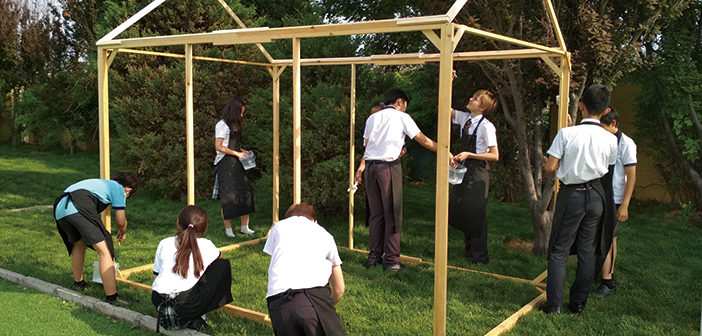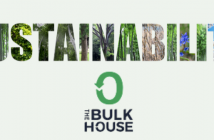Reduce, reuse, recycle. We’ve been chanting these three words for so many decades that the well-meaning slogan is long overdue for an overhaul. That’s because, as it turns out, such a huge part of our effort to recycle ends up in the garbage dump – and that’s true whether we’re talking about Beijing or Boston.
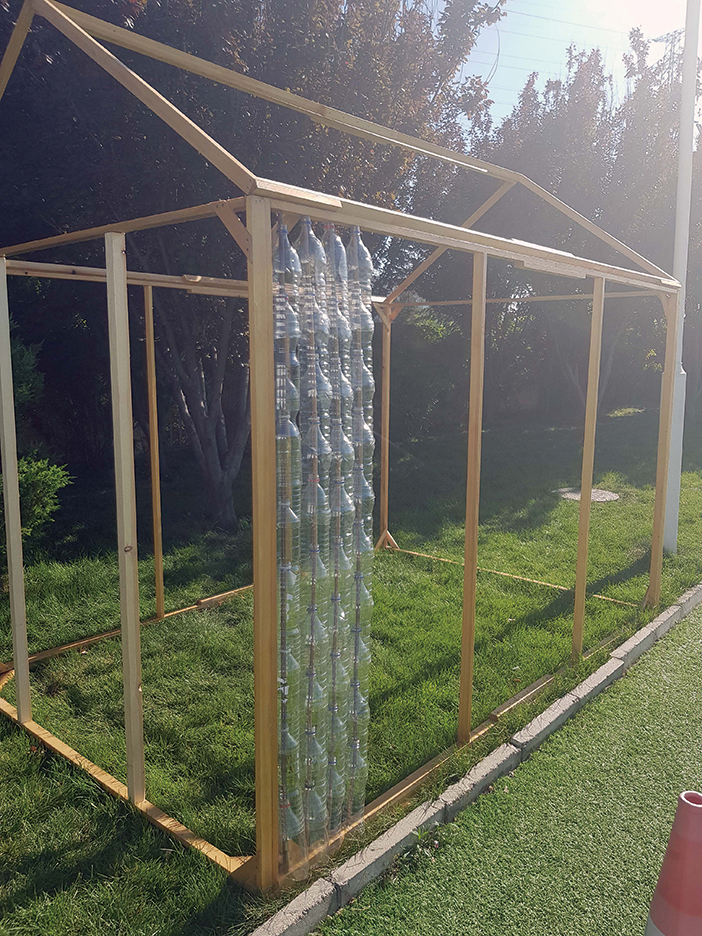 For years our chucking of all that paper, plastic, and metal into the same bin – and a systemic failure by companies to sort and separate it at the source – has bred contamination among recyclable items, and ultimately rendered so much of that material to landfills. Yet perhaps the most bruising moment for recycling came abruptly last year. On the first day of 2018, China banned a practice it had been carrying out for decades: importing most of the world’s waste. Britain alone was shipping enough overseas every year to fill 10,000 swimming pools, and that’s just a fraction of what China was accepting. Today, Britain joins so many other countries now scrambling to find somewhere else to send the waste they’re incapable of managing themselves.
For years our chucking of all that paper, plastic, and metal into the same bin – and a systemic failure by companies to sort and separate it at the source – has bred contamination among recyclable items, and ultimately rendered so much of that material to landfills. Yet perhaps the most bruising moment for recycling came abruptly last year. On the first day of 2018, China banned a practice it had been carrying out for decades: importing most of the world’s waste. Britain alone was shipping enough overseas every year to fill 10,000 swimming pools, and that’s just a fraction of what China was accepting. Today, Britain joins so many other countries now scrambling to find somewhere else to send the waste they’re incapable of managing themselves.
Indeed, China’s policy reversal has served as a wake-up call globally, though it has also indirectly reignited a long-dormant conversation around sustainability. Sustainability is a clunky word that’s easy to trip over when said aloud, and nowhere near as slogan-ready as are the Three R’s. But understanding sustainability begins with reevaluating what we think we know about waste, and reassessing how we should manage every item we use before throwing it out. Broadly, sustainability means consuming less energy and using fewer things in order to achieve and maintain a certain level of environmental harmony. More to the point, and perhaps most urgently: sustainability means reducing waste by not creating it in the first place.
There’s new hope to match the scale of such ambition, and examples could be found this school year in Beijing. Student-led groups from at least two international schools are working to scale small ideas and projects into worthwhile, tangible causes with the larger community in mind. So how do a handful of students even begin to steer classroom conversation toward real-world action and engagement, and ensure that they’re pursuing an impact that lives on well beyond graduation?
“Developing sustainability into our teaching curriculum is the aim,” says Lucy Thompson, the deputy head of science at the British School of Beijing, Shunyi (BSB Shunyi) and a co-leader of its student Eco-Committee, which meets weekly after school. “It’s more than just a club or an extracurricular activity; it’s integrating it into everything you do as a school.”
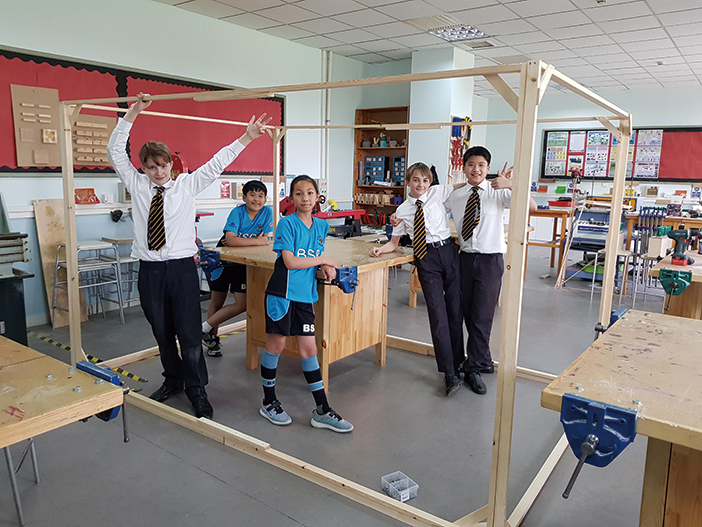
BSB Shunyi students building a greenhouse with recycled materials
At BSB Shunyi, that goal began with conducting what the primary and secondary school students refer to as an eco-review. Think of it as a report card, but with the students grading their school on the tracking and handling of waste. In a sense, this undertaking involved boots-on-the-ground reporting: Students spent time calculating the amount of energy the school’s computers typically consume in a day, and even hand-counted the number of paper and plastic plates students toss into the trash at lunchtime.
“We used a big bag to collect paper from all the classrooms,” remembers Year 3 student Christopher Kicker. “The amount of paper that we use in the world is astonishing,” adds Mika Brodel, who assisted with BSB Shunyi’s eco-review. “We use way too much paper in a day. I now reuse a piece of paper until it actually has no space left. Like plastic, it goes into the ocean and disintegrates and becomes even more dangerous.”
As the students found out, it wasn’t enough to simply talk about the crisis confronting our oceans, which are invaded by 8 million tonnes of plastic each year. So, to illustrate their findings, the Eco-Committee dived right in, so to speak. They filled a swimming pool with plastic waste.
“We thought we definitely had to give it a try,” says primary school teacher Anna Warman, who adds that the experiment demonstrated how sea life is dying fast – and how it often passes on all that ingested plastic directly to our dinner plates.
Nearby, at the International School of Beijing (ISB), 20 high schoolers worked through a waste audit of their own. Known as Net Impact ISB, the club investigates how to recycle sustainably and improve campus energy efficiency. Among their questions: how do we encourage the community to separate correctly when they recycle? More importantly, how do we make sure those items stay separated during the journey to the facility?
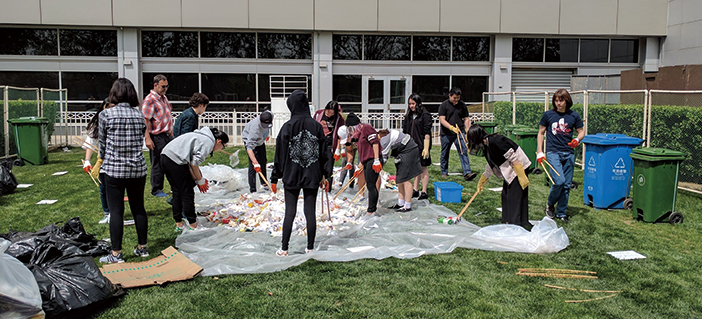
ISB students sorting through recyclables
Three students from the group took this project a step further. As they observed more and more waste was being generated by restaurants when ordering food delivery, the group members began to investigate alternatives. They’re now well on their way to partnering with businesses, hoping to encourage the use of environmentally friendly packaging. If you’ve ordered a single sandwich and a coffee for delivery from any Starbucks in Beijing lately, you already know the amount of big waste that small delivery entails: two paper bags with straps, a box, an inner container to hold the coffee, the plastic lid, the cardboard cup sleeve, that unnecessary set of plastic utensils…
Perhaps Net Impact’s most ambitious goal yet, however, is to convert their school’s 52 buses into a fully electric fleet. When three members of the club became aware of another school’s electric-powered buses, they asked, “Why not here at ISB?” After all, bus rides are noisy, they travel long distances, and they pollute. After making a compelling argument, the group was given the green light to get to work on studying the viability of electric vehicle battery technology. Their effort has already translated into success; the students have overseen the conversion of two buses so far, with the goal of going 100 percent electric within a few years.
“We think of the end result rather than the problem itself,” says Matthew Yamatin, a former civil engineer from the US who directs ISB’s new sustainability program. “A school can be a living laboratory. I believe it is super-important for the students to see the impact of what they’re doing; it can become a lifelong passion.”
It already appears to be working. Yamatin, who spent many years advising Fortune 500 companies on corporate sustainability, points to Net Impact’s bus project as just one example of how empowering much younger minds can transform a one-off project into a sustainable impact. One student was so taken with what he learned about electric vehicles that he’s now exploring how more nations can subsidize the technology. “This is now his thing,” Yamatin says. “This could be his career.”
Long before ISB hosted its first sustainability program, the international school had been serving as a model for progressive, eco-friendly projects. The school is known as the site of Beijing’s first air dome, which encloses a playground and uses high-scale filtering to create a safe haven for students and teachers, especially on those high-AQI days. Today, student-led projects at ISB are advancing air dome use by studying whether heating and cooling them is using energy in the most effective way. The latest student undertaking involves the dome’s transition to LED lighting, another bold step toward the elimination of wasted energy for many school years to come.
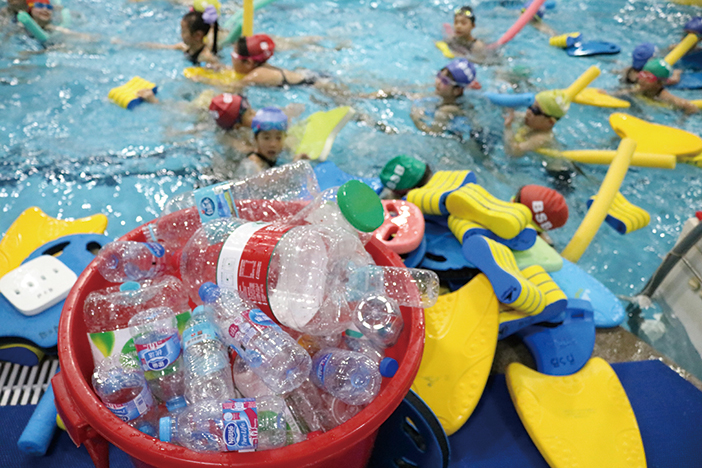 As part of his role, behind the scenes, Yamatin has helped bring together more than two dozen outside representatives to help advise on and bring to life the big ideas Net Impact students are generating and developing. Among those environmental stakeholders are a Chinese solar panel maker, as well as the US Green Building Council, which works to ensure that buildings are designed and operated in environmentally responsible ways. (It is the parent organization of Leadership in Energy and Environmental Design, the industry standard rating system for green buildings.)
As part of his role, behind the scenes, Yamatin has helped bring together more than two dozen outside representatives to help advise on and bring to life the big ideas Net Impact students are generating and developing. Among those environmental stakeholders are a Chinese solar panel maker, as well as the US Green Building Council, which works to ensure that buildings are designed and operated in environmentally responsible ways. (It is the parent organization of Leadership in Energy and Environmental Design, the industry standard rating system for green buildings.)
Thus far, other successful team projects at ISB have included studying how best to compost food, organizing a campus-wide campaign known as Bike Week, and hosting competitions to create a recycling logo for new classroom bins designated for paper, plastic, and aluminum.
Another way to look at sustainability is to consider the computer you’re reading this on, or to feel the physical magazine you might be holding. What is the story behind the things we buy, the items we use every day? Where do all the materials, big and small, come from? Who are the people who labored over those materials, and in what sort of working conditions? These questions span the spectrum of sustainability itself: climate change, human rights, and waste. But the answers are not quite as easy or transparent, not even to the best trained civil engineer. That’s why teachers recognize just how critical it is for the youngest minds to step up and bring fresh energy to the direst circumstances facing the planet.
“Things can fizzle and die off if you don’t have people leading,” says Thompson. “And the only way you can get that continuity is to integrate it into the school’s development and vision.”
So, how to prioritize community-level sustainability in the classroom, and translate it into measurable progress? During this very active first school year for studying sustainability, ISB and BSB Shunyi are already well on their way toward applying what they’re learning, by testing their work at school and then promoting those findings to families at home and beyond.
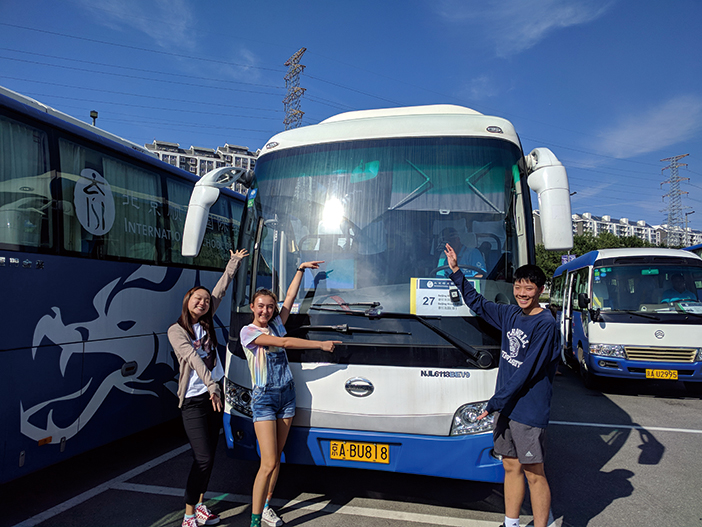 “Most children know the problems that are happening in the world,” says Rosalyn Thomas, who teaches English as an additional language at BSB Shunyi. “But success is getting everyone talking about it, and thinking about their actions.”
“Most children know the problems that are happening in the world,” says Rosalyn Thomas, who teaches English as an additional language at BSB Shunyi. “But success is getting everyone talking about it, and thinking about their actions.”
This small-scale success is unfolding as China is in the midst of its most significant environmental reforms, marked by the country’s drastic reduction of pollution levels from even one year ago. And the very recent move to ban the importing of most of the world’s recyclables also signaled China’s newfound commitment to the responsible management of waste globally.
Further reform arrived earlier this year when China’s environment ministry announced yet another stride toward that sustainable end: piloting what it calls “waste-free cities” to help reduce the amount of physical things that factories are producing. Remember: we recycle as a means of dealing with the waste we create. Going “zero waste,” as some organizations around the world are aggressively pushing for, would entail reusing items more often than we recycle them, and moving toward eliminating landfills altogether.
“I believe there’s always more than one solution to a problem,” says Year 11 BSB, Shunyi student Harry Szeto, who is studying coding and computer programming. “From what I’ve learned, I now can think outside of the problem. It’s about raising awareness, but it’s also about changing habits, and being more responsible to the community around you.”
His fellow student Saraine Chan agrees: “I think just influencing the people around me is the change I can make.”
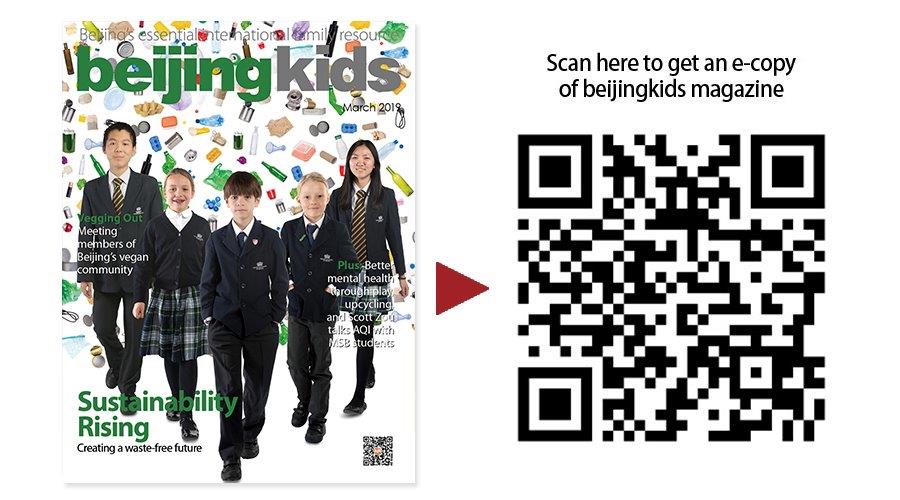
This article first appeared in the beijingkids March 2019 Sustainability issue.
Photos: Courtesy of BSB, Shunyi and ISB

